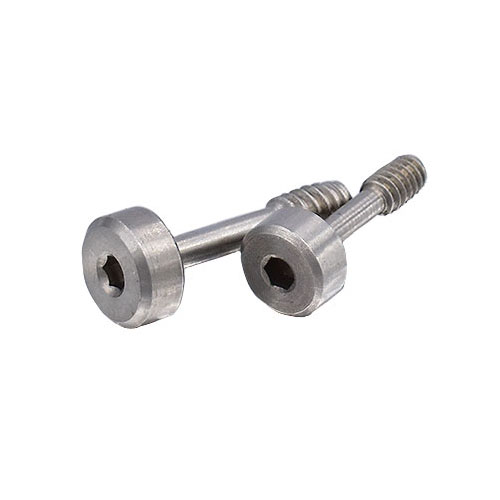
The primary difference between hex head and hex socket head fasteners lies in their design and how they are driven.

Hex head fasteners, also known as hex bolts or hex cap screws, have a six-sided head with a flat top and chamfered edges. They are typically threaded along a portion of their length, with the unthreaded section providing clamping force when tightened.
Hex head fasteners are typically driven using a wrench or a socket that fits over the hexagonal head. They are suitable for applications where access permits the use of a wrench or socket.

Hex socket head fasteners, commonly referred to as socket head cap screws, feature a cylindrical head with a recessed hexagonal socket (internal drive) at the top. They are fully threaded from end to end.
Driving Method: Hex socket head fasteners are driven using an Allen key (hex key) or a hex bit inserted into the socket. This internal drive design allows for greater torque transmission and a more compact head profile, making them ideal for applications with limited space or clearance.
In summary, while both hex head and hex socket head fasteners have hexagonal heads, the key difference lies in how they are driven and their application suitability. Hex head fasteners are driven externally using a wrench or socket, whereas hex socket head fasteners are driven internally using an Allen key or hex bit, offering advantages in certain applications requiring tighter spaces or higher torque transmission.

